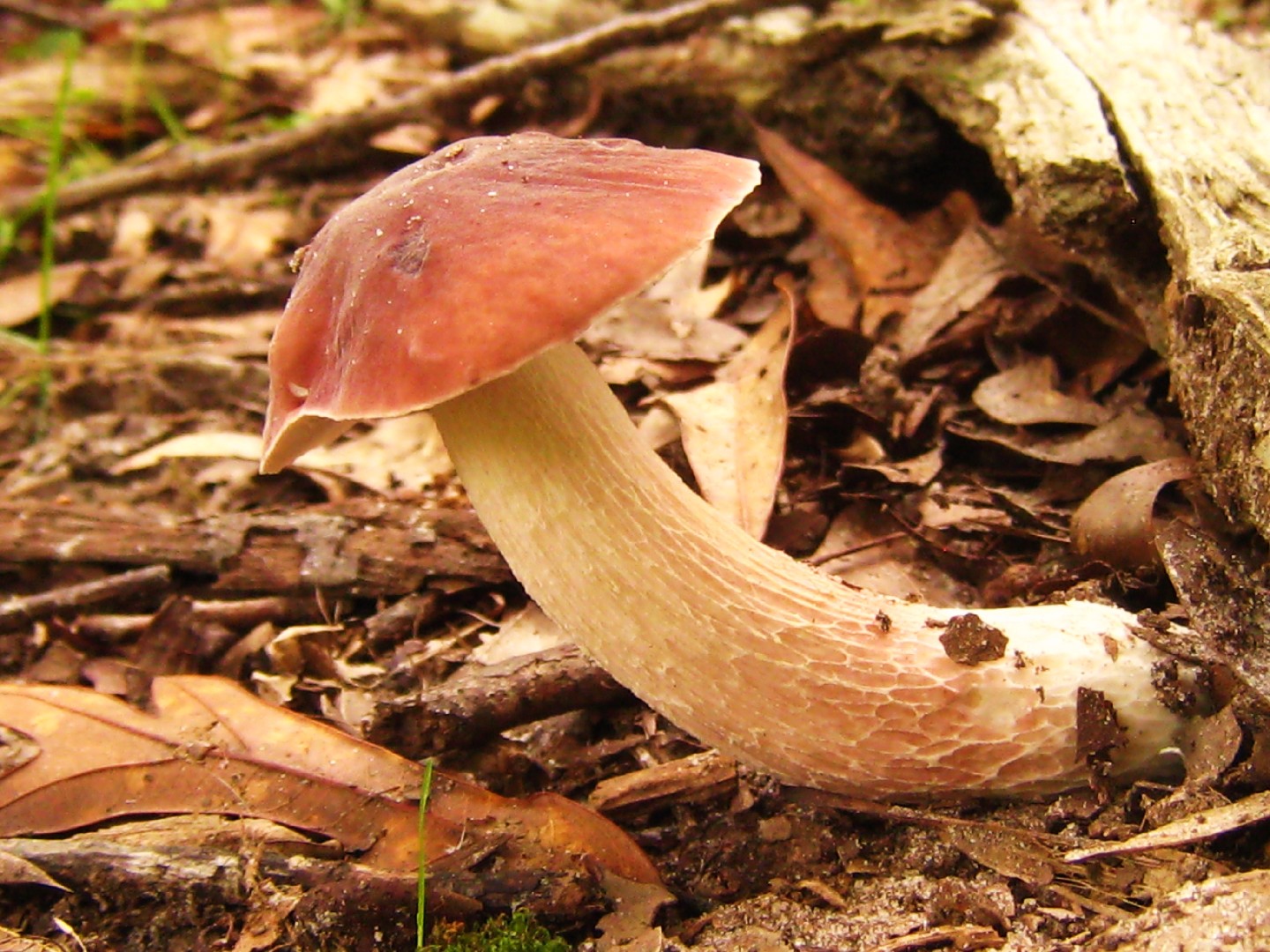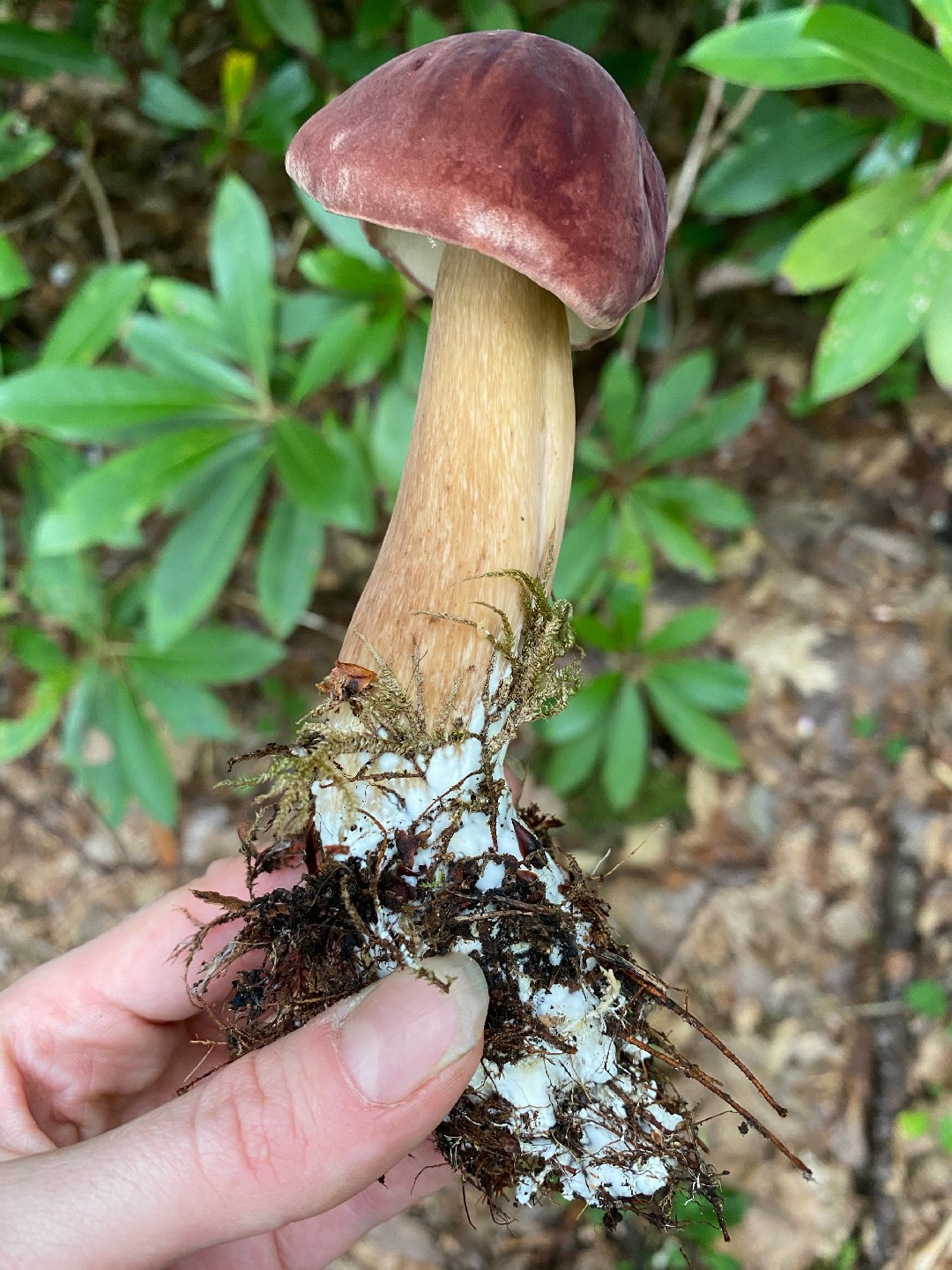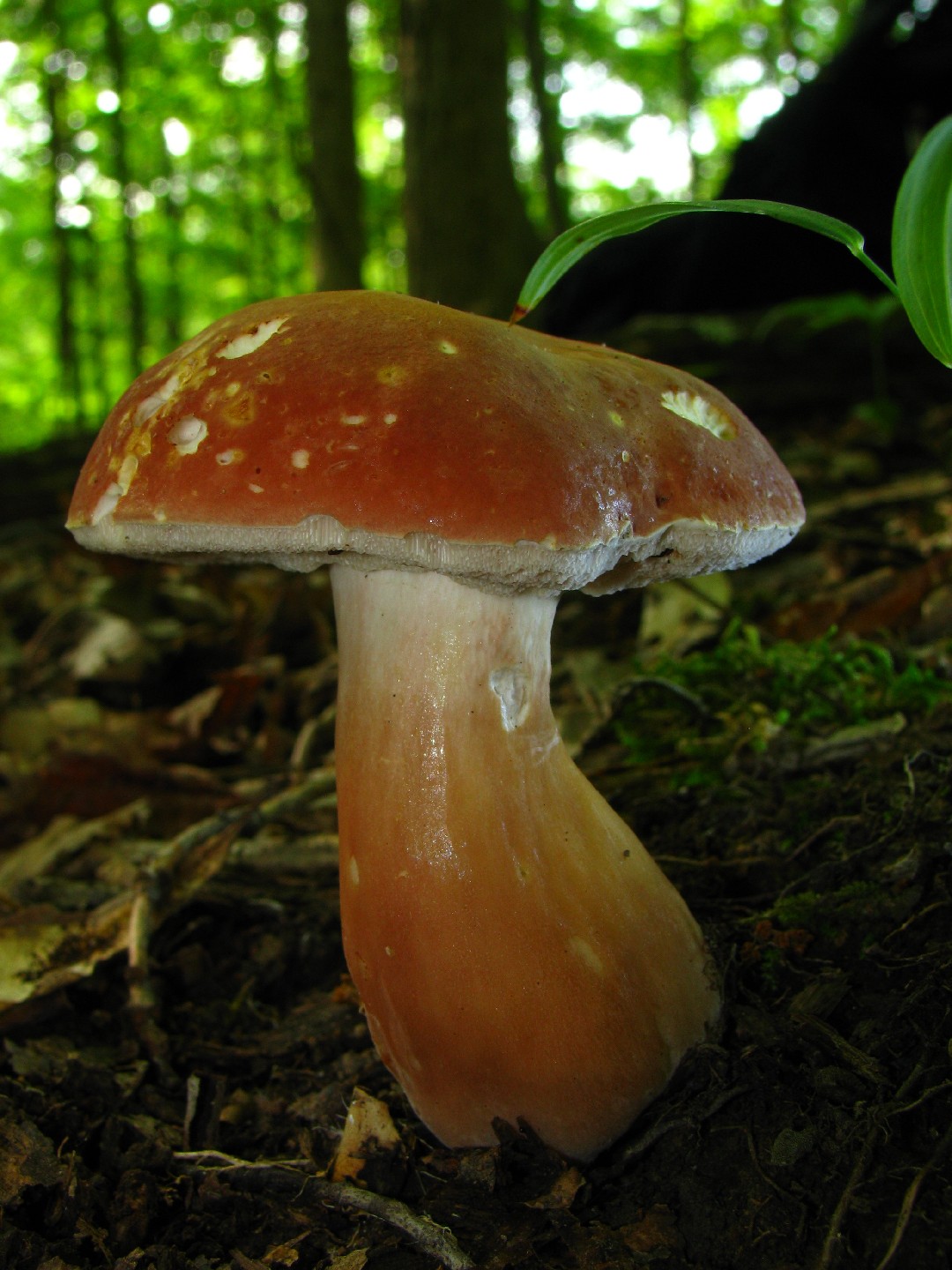Xanthoconium
Scientific name: Xanthoconium
Xanthoconium
Scientific name: Xanthoconium
 Photo By weiliiiiiii (weiliiiiiii) , used under CC-BY-SA-3.0 /Cropped and compressed from original
Photo By weiliiiiiii (weiliiiiiii) , used under CC-BY-SA-3.0 /Cropped and compressed from original Description
Xanthoconium are known for their distinctive bright yellow-brown caps and their intriguing habitat preferences. They often form symbiotic relationships with trees, helping both the fungi and their host trees thrive. These fungi are typically found in wooded areas, particularly around oak and beech trees. Another notable feature is their spongy, porous undersides, which play a key role in their reproduction by releasing spores into the environment.
Species of Xanthoconium
Scientific Classification
Phylum
Club fungi Class
Mushroom-forming fungi Order
Boletes and allies Family
Boletes Genus
Xanthoconium 
